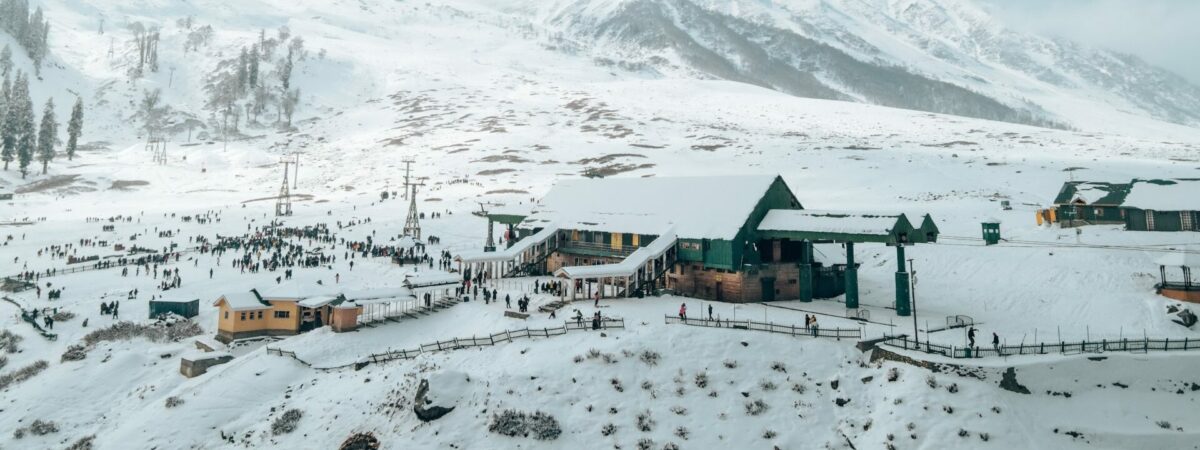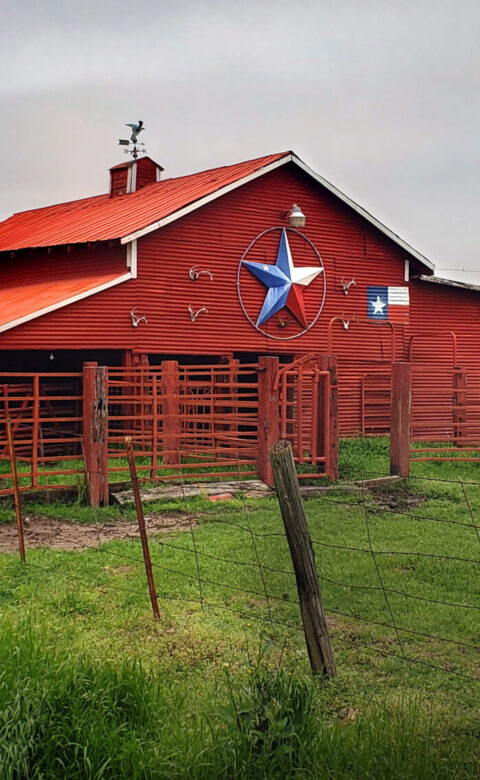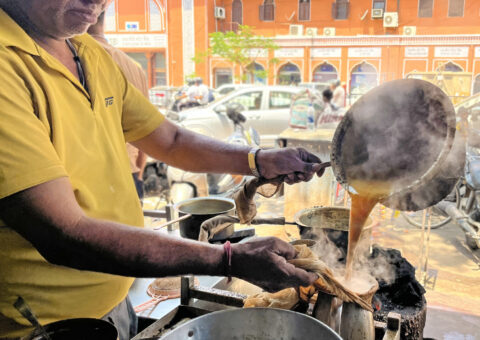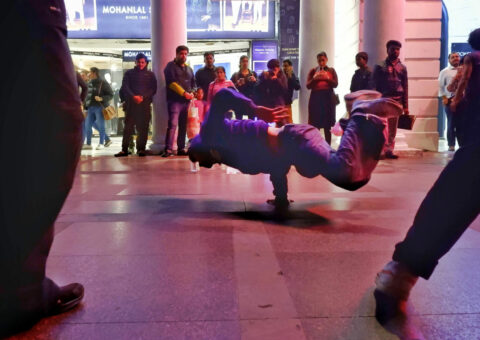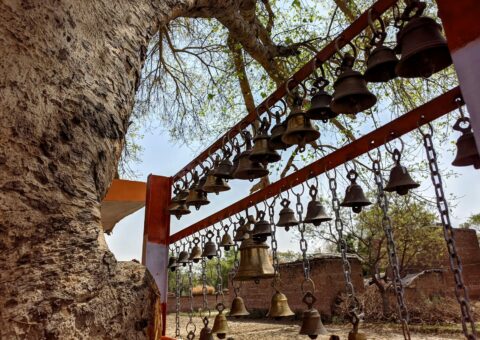The snow-clad valley of Kashmir looks ethereal as my flight touches down at Srinagar Airport. Just outside the arrivals terminal, the cluster of cherry trees that usually greet me in spring with pearl-pink blossoms have now draped themselves in a thick white cloak, suitable for the middle of January. This is my fourth visit to Kashmir, but the first time I am here during chillai kalan — the bleak and harsh winter when the temperature of this Himalayan region plunges below freezing.
The valley of Kashmir, in the far north of India, sports a vibrant look with a riot of colours throughout the seasons. The ripe fields of mustard turn yellow in spring, the flowering gardens and orchards don a multihued cloak in summer and the stately chinar trees sparkle with a golden glow in autumn. But come winter, Kashmir is bereft of colour. I have come to witness the picturesque wonderland blanketed in pristine white snow; and also to savour the centuries-old culinary legacy of harissa — the winter-only delicacy that has helped the Kashmiris withstand the freezing cold.
The spiritual intonations of a prayer from the ancient wooden mosque reverberate through the icy cold air as our car manoeuvres deserted snow-blanketed streets. It is 5 in the morning and as Sajjad, my Kashmiri driver-cum-guide navigates the warren of narrow alleys and the bridges over River Jhelum, I feel chilled to the bones. The mercury has dipped to 8 degrees below freezing. We are in the old part of Srinagar now, a neighbourhood that the locals call “downtown”.
I spot a group of men attired in long grey coats queued up before an unassuming little shop. Sajjad says that they are waiting for harissa — the slow cooked lamb-and-rice combo. The relentless snowfall slackens when I get out of the car and Sajjad leads me to the shop. I stand in the queue. Sajjad tells me that harissa originates from the Arabic ‘harasa’ which means ‘to crush’.
He further informs me that harissa perhaps had arrived in the valley because of the strong Central Asian influence, becoming immensely popular during Afghan rule in Kashmir from the mid-18th to the early 19th century. Sajjad then recalls how he used to save his pocket money back in his college days for a shared harissa meal with his friends.
“It is not just a food, it is an integral part of our life and culture,” Sajjad smiles. “Is it spicy?” I ask him. The young man laughs out loud at my apprehension. ‘“Not at all,” he assures me.
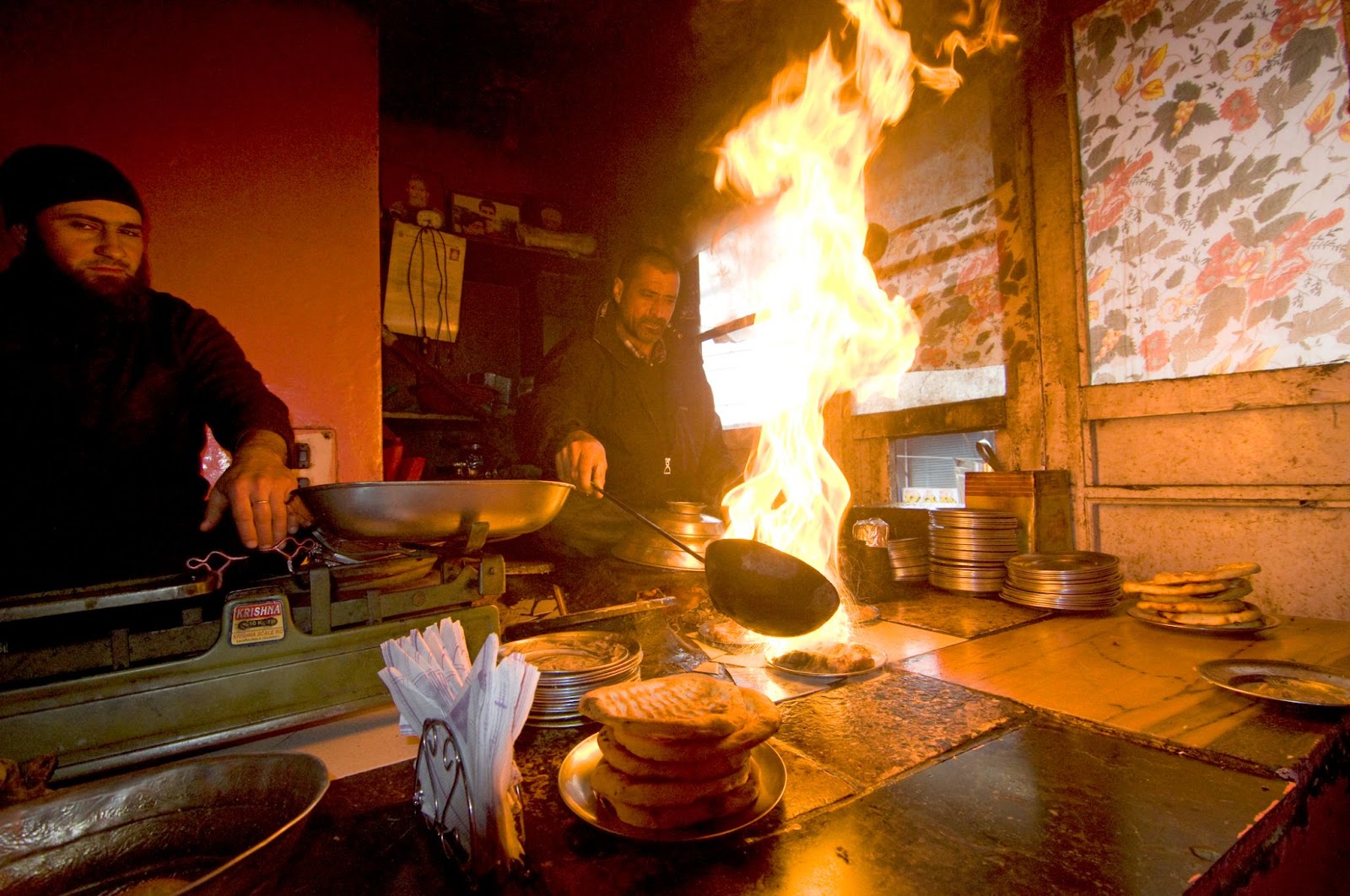
There comes a rumbling sound. The steel shutter of the shop rolls up slowly. We follow the crowd into the dimly lit interior, where a few rustic wooden tables and chairs are laid out.
The archaic eatery is filled with a smoky, meaty smell. On an upraised platform near the door, a bearded middle-aged man inspects a pot with great care. “He is Zahoor Ahmed, the owner,” Sajjad informs me as we manage to find a place and wait for our turn. I look around the otherwise ordinary breakfast joint which has survived more than a hundred winters and has perfectly retained its old-world charm.
On the raised floor, copper-bottomed pots, small steel plates and round breads are stacked conscientiously. I notice how people from all walks of life arrive at this place, cordially greet each other, get their lunch boxes of varying sizes filled up with portions of harissa, and walk out into the snow.
I watch with amazement as Zahoor Ahmed pours flaming oil on harissa as a sizzling garnish. It reminds me of a masterful juggler reaching the finale of his tricks with a fire display. ”It indicates that the platter is ready,” Sajjad explains.
Contrary to the reddish, garlic-based harissa paste I had tried in Morocco, this appears thick and sticky — a light brown pulp with a tinge of green. The platter is accompanied by a couple of succulent kebabs and is served with Kashmiri flatbread, tchot. I take a spoonful of harissa and relish the mouth-watering, sumptuous intricacy of flavours with my eyes closed. I can clearly distinguish the tastes of meat, rice and mild spices.
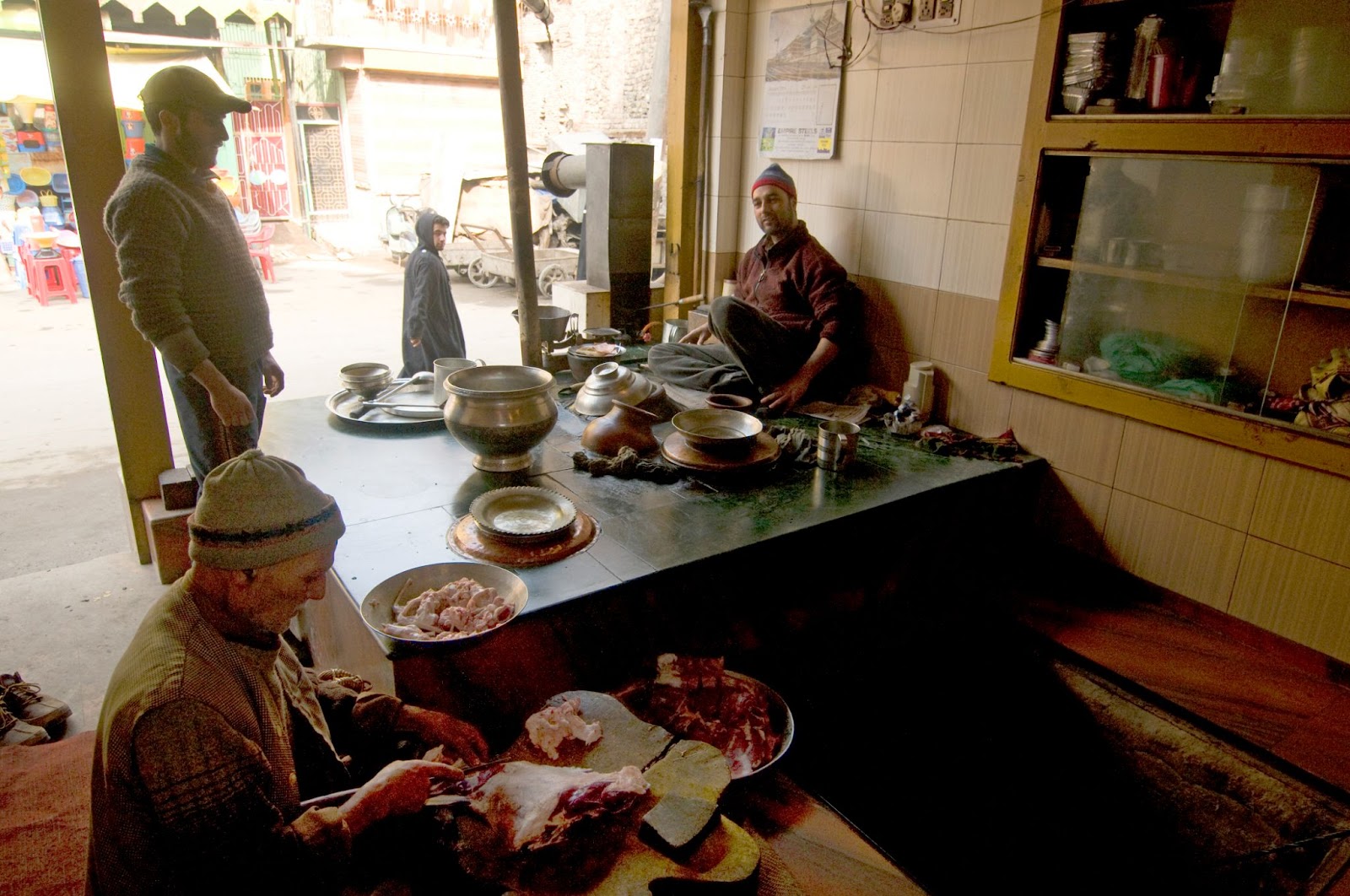
“It is an arduous process,” Sajjad tells me as he dips the bread into the aromatic paste.
“Finest cuts of lamb meat are close-chopped and cooked slowly in huge earthen pots in a wood-fired oven,” he continues. He further explains how diligently meat is deboned and meticulously marinated with rice, fennel seeds, green cardamom, black cardamom, cloves and Kashmiri shallots to bring out the optimum flavour.
“Why earthen pots?” I ask Zahoor Ahmed, as he joins our conversation, with a nod and a smile.
“It retains the nutritious elements and taste of the spices. You won’t get the authentic taste if you cook in a pressure cooker,” Ahmed says. Indeed, for this culinary craft, the utensil has a role to play along with the skill and patience of the harissa-maker.
The early morning light filters into Ahmed’s outlet, which gets busier as more patrons arrive at the small eatery. I thank Ahmed and tell him that I wish to come again to taste the harissa phuher (the brown crust scraped from the base of the earthen pot). “You are always welcome. But make sure to come by 9.30; the day’s stock gets sold by then.” He politely shows me to the door, where a lengthy queue is waiting patiently outside in the snow.

